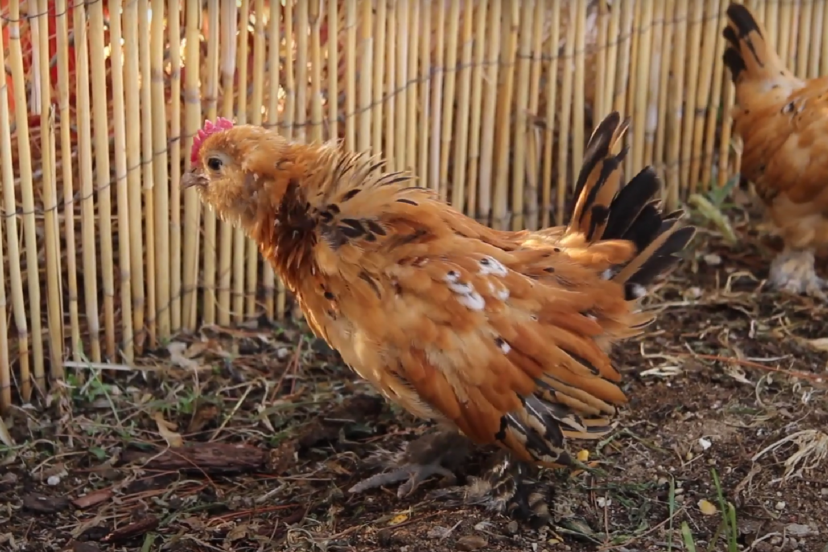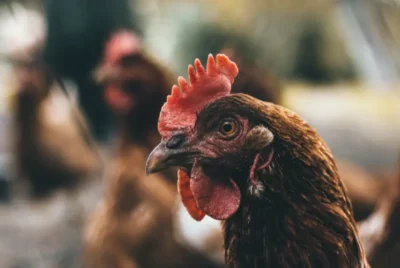Raising a Mille Fleur Chicken: Essential Tips for a Flourishing Flock
Raising Mille Fleur chickens can be both rewarding and challenging. While their stunning plumage makes them a favorite among poultry enthusiasts, ensuring their health, happiness, and productivity requires navigating several key challenges.
From creating the perfect living environment to providing a balanced diet and protecting them from predators and diseases, the task can sometimes feel overwhelming.
Additionally, understanding their social behavior and managing seasonal care adjustments adds to the complexity. This article aims to simplify the process, offering essential tips and insights for a flourishing Mille Fleur flock, ensuring they thrive in your care.
What Are Mille Fleur Chickens?
Originating from Belgium, Mille Fleur chickens, or more accurately, Mille Fleur d’Uccles, are truly a sight to behold. The name ‘Mille Fleur’ aptly translates to ‘a thousand flowers’, a perfect description of the breed’s distinctive plumage.
The breed was created by Michael van Gelder and Robert Powels with assistance from Louis Van der Snickt, and they certainly achieved their goal of creating a bird that stands out in any flock.
Each feather of a Mille Fleur is a work of art. The warm mahogany base of each feather is marked with a black crescent moon and tipped with a gibbous silver spangle, creating a stunning effect that truly resembles a field of flowers.
The Mille Fleur Aesthetic
The Mille Fleur d’Uccle is not your ordinary chicken. It exhibits a variety of plumage colors such as:
- black
- porcelain
- mottled
- blue
- self-blue (lavender) variant
The mottle patterns contribute to their distinctive aesthetic and are a sight to behold. Each bird resembles a small, living bouquet, with plumage that reminds you of scattered flowers or twinkling stars. It’s like holding a piece of the night sky in your hands.
Their captivating personality is complemented by physical traits that only add to their charm. With their small size, puffy beard, and muffles, along with a distinctive duck-footed walk, Mille Fleur d’uccle chickens are nothing short of adorable.
You can’t help but smile when watching these little birds strut around your backyard with their French elegance.
Breed Behavior and Temperament
While Mille Fleur d’Uccles may not be the most docile breed, they more than make up for it with their sweet and spunky behavior. These little birds have friendly and quirky personalities, often enjoying human interaction and showing affection.
Some Mille Fleurs even enjoy being held and carried around, making them a great choice for families with children.
In a mixed flock, don’t be surprised to find your Mille Fleur hens establishing themselves at or near the top of the pecking order. Despite their small size, they’re not easily intimidated by other, larger breeds.
Mille Fleur Chicken Care Essentials

Raising Mille Fleur chickens is not just about admiring their beautiful plumage; it also involves providing appropriate care to ensure they thrive. From housing to nutrition and health, these care essentials are crucial for maintaining a comfortable environment for your Mille Fleurs.
Just like any other poultry, Mille Fleurs require a clean and spacious living area, a balanced diet, and regular health checks. While these tasks may seem daunting, especially for beginners, they become easier with time and practice.
Moreover, the joy of watching your Mille Fleurs thrive and the reward of fresh eggs make all your efforts worthwhile.
Housing Needs for Bantam Comfort
Mille Fleur d’Uccle chickens or fleur d’uccle bantams, are a true bantam breed, meaning they are naturally small in size. This means you’ll need to design a coop and run that’s appropriate for their size.
Each bird needs about 2 square feet of inside coop space and 4 square feet of outdoor run space to comfortably spread their wings and engage in natural behaviors.
Because of their high metabolic rate and poor tolerance to cold, Mille Fleurs also need well-insulated housing free from cold drafts. Nest boxes should be about one foot square to provide comfort for these tiny birds.
Additionally, you’ll want to ensure the perches and nesting boxes are low to the ground, as these small bantams aren’t the best of flyers.
Nutrition and Feeding
Proper nutrition is essential to ensure your Mille Fleurs grow healthy and strong. When they’re chicks, it’s recommended to provide them with a starter crumble consisting of 20% protein. This high-protein diet ensures they get a healthy start and can develop into strong, healthy hens.
When they reach around 16 weeks old, it is recommended to transition them to a 16% protein layer feed as they mature. This will support their nutritional needs as they continue to grow. This supports their growth and future egg production.
To minimize wasteful behavior, you might want to consider getting a feeder with a lip. Mille Fleurs have a habit of ‘billing out’, or scooping feed out of their feeders. A feeder with a lip can help keep this mess to a minimum.
Health and Wellness
When it comes to health and wellness, there are a few specifics to keep in mind for Mille Fleurs. For one, their feathered feet require careful monitoring to prevent issues like frostbite or mud balls.
In adverse weather conditions, foot soaks can be necessary, but don’t worry – Mille Fleurs generally enjoy this process.
Regularly checking the legs for scaly leg mites is also crucial due to the propensity for infestation in the feathered feet of Mille Fleurs.
Additionally, cleanliness is key to preventing diseases and promoting better health and egg production. This includes regular disinfecting and changing of bedding in the coop and nesting boxes.
Mille Fleur Egg Production
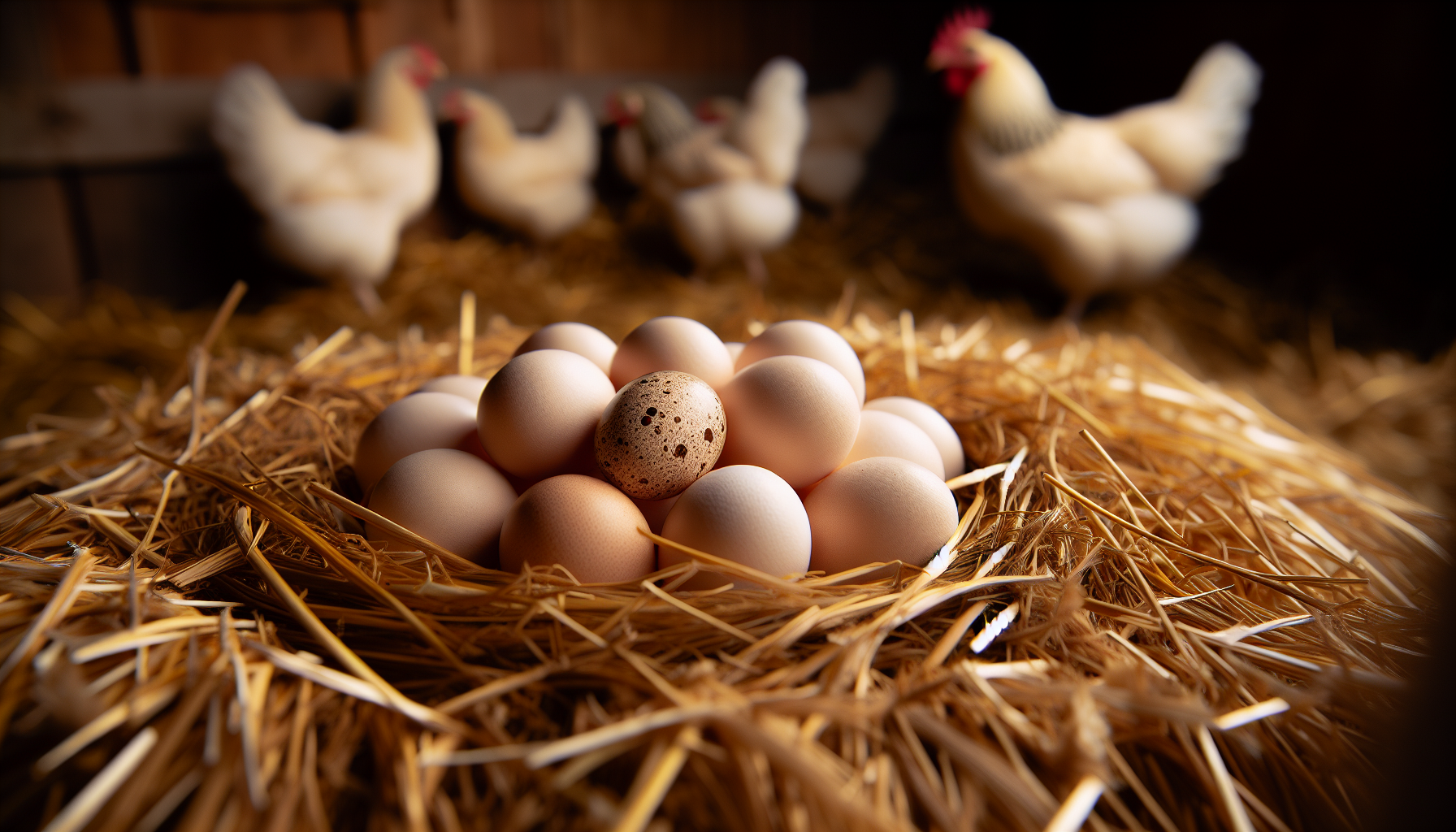
One of the most rewarding parts of raising Mille Fleurs is, undoubtedly, the color eggs. These tiny, creamy-colored eggs often resemble the cream egg size of a dove’s egg, and add an adorable charm to your egg basket.
It’s worth noting that the very first egg laid by a Mille Fleur d’Uccle hen can be exceptionally small, even smaller than the subsequent eggs they lay.
While they may not be the most prolific layers, Mille Fleurs have a decent egg-laying rate, providing a small number of eggs every week.
These eggs are not only a unique and endearing addition to your egg collection but are also a testament to the health and happiness of your Mille Fleurs.
Frequency and Seasonality of Laying
Once your Mille Fleurs reach laying maturity, you can expect a steady stream of eggs. Mille Fleur hens have been observed to lay eggs daily, with a potential annual yield of over 100 to 200 eggs.
However, it’s important to note that the frequency of egg laying can decrease or cease during their molting periods. This is a natural part of their laying cycle and is a good time to give them extra care and nutrients to help them through this process.
Broodiness and Mothering
Mille Fleurs are known for their broodiness. In other words, they have a strong instinct to sit on their eggs and hatch chicks. This quality makes them excellent mothers and ideal for breeding more bantam chickens.
During warmer periods, Mille Fleur hens tend to halt egg laying and display increased broodiness. If you’re planning to breed your Mille Fleurs, it’s essential to prepare for this inherent behavior as it contributes to their effectiveness in hatching and rearing chicks.
Keeping Your Mille Fleurs Happy and Healthy
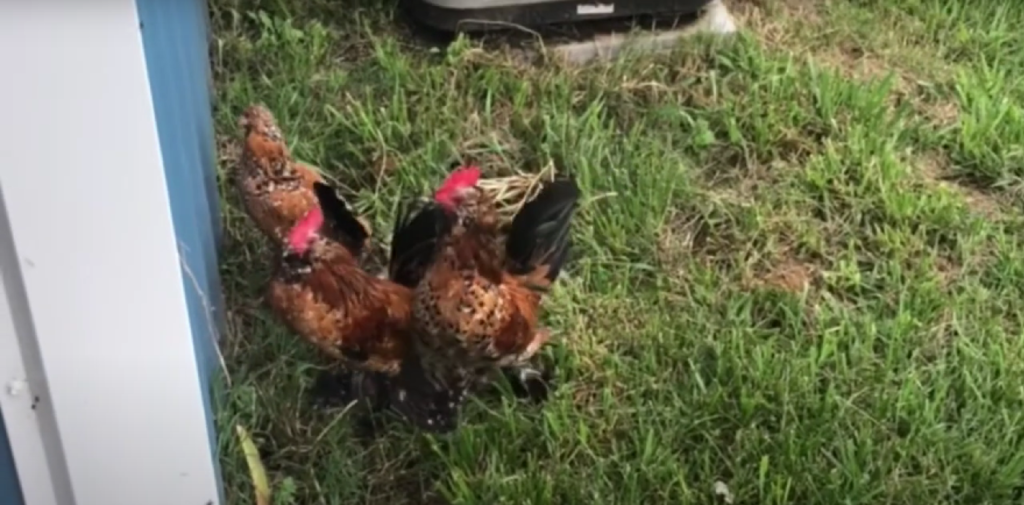
The happiness and health of your Mille Fleurs should be your top priority as a chicken keeper. This involves understanding their needs, providing them with a safe and comfortable environment, and ensuring their physical and mental stimulation.
Free Range vs. Coop Living
Allowing your Mille Fleurs to free-range can be beneficial for their well-being. Free-range living allows them to engage in natural exploratory behaviors and foraging, which promotes their physical exercise and well-being.
Plus, watching free-range Mille Fleurs can be entertaining and enjoyable, providing amusement for their caretakers.
However, free-ranging also comes with its own set of challenges. Due to their small size, Mille Fleurs are vulnerable to predators when free-ranging, requiring diligent measures for their protection.
Additionally, Mille Fleurs may wander and become rogue, sometimes leaving their designated area and requiring retraining to stay within boundaries.
Therefore, you’ll need to weigh the pros and cons of free-ranging and coop living, based on your specific situation and the needs of your flock.
Social Dynamics with Other Chickens
When it comes to social dynamics, Mille Fleurs can typically be integrated into a mixed flock with standard chickens, adapting well to the presence of larger breeds.
However, you may notice that your Mille Fleurs establish themselves at or near the top of the pecking order, despite their small size.
When introducing new Mille Fleurs to a flock, it’s important to provide them with ample space, especially free-ranging areas, to reduce stress and aggression during the introduction.
It might also be beneficial to introduce new chickens while maintaining visibility to the existing flock, but with physical separation, to help ease tensions before full integration.
Enrichment Ideas
Keeping your Mille Fleurs mentally and physically stimulated is crucial for their well-being. Here are some ways to provide environmental enrichment for your Mille Fleurs:
- Provide perches at various heights for them to climb and explore.
- Create dust bathing areas where they can engage in their natural behavior.
- Design the coop to include ramps, bridges, and swings to keep them engaged and active.
These enrichment features will help keep your Mille Fleurs happy and healthy.
Interactive food-based enrichment, such as treat balls or hanging vegetables, encourages Mille Fleurs to forage and engage in problem-solving activities.
You can also consider implementing foraging boxes filled with leaves, soil, and hidden treats to stimulate their natural foraging instincts and keep them occupied.
Read also: Best Toys for Chickens (My Top Picks for 2024)
Breeding and Purchasing Mille Fleur Chickens
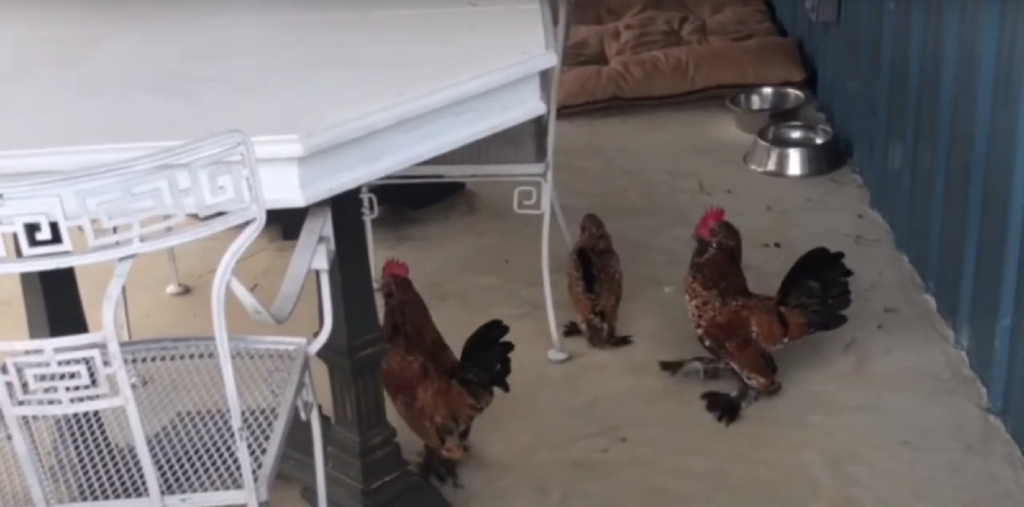
If you’re planning to add Mille Fleurs to your backyard flock, purchasing and breeding considerations are crucial.
Whether you’re choosing between chicks or adult birds, selecting a healthy bird from a reputable seller, or considering breeding stock with desirable traits, careful planning can ensure a smooth and successful process.
Planning Your Purchase
When planning your purchase, the timing is crucial. Spring to early summer is the most popular time to buy baby chicks, ensuring they will mature by the end of the year and can safely move outside at 4-5 weeks when it’s warmer.
You should also ensure you purchase from a reputable seller, as auctions might offer sub-standard or unhealthy birds. Considering the ship date is important to guarantee the chicks arrive in optimal conditions.
Consider if you would prefer buying chicks, which are cost-effective but require extensive care, or adult birds, which are more convenient and lay eggs immediately.
Verify the seller’s credibility through reviews or poultry community recommendations to ensure a reliable purchase.
Breeding Considerations
If you’re considering breeding Mille Fleurs, it’s important to focus on maintaining genetic diversity and preserving the breed’s unique characteristics. When selecting breeding stock, look for birds with the following characteristics:
- The distinct ‘Mille Fleur’ pattern that closely resembles ‘thousand flowers’
- Healthy and disease-free
- Good temperament
- Strong and well-built
By choosing breeding stock with these characteristics, you can help ensure the continued success and preservation of the Mille Fleurs breed.
Breeding pairs should exhibit the following traits:
- Wide, stable stance
- Specific leg feathering traits such as vulture hocks that sweep back toward the tail, with a focus on feathered leg color
- Properly feathered feet, aligning with the breed’s standard which requires foot feathers on the outside toe and avoiding feathers on the inner toes
- Straight run chicks should be selected based on these traits to ensure consistency in the breed.
Final Thoughts
Raising Mille Fleurs can be a rewarding and enjoyable experience. From their unique “thousand flowers” plumage to their friendly and outgoing personality, these small bantam birds are truly a delight to have in any backyard flock.
With the right care, nutrition, and housing, along with adequate mental and physical stimulation, your Mille Fleurs can thrive and bring joy to your home.
Whether you’re a seasoned poultry keeper or a beginner venturing into the world of chicken-keeping, we hope this guide has provided you with the essential tips and insights into raising a flourishing flock of Mille Fleurs.

